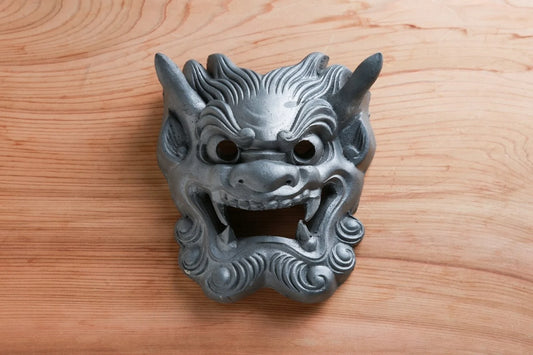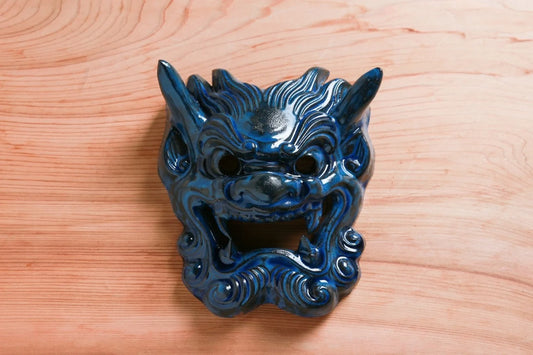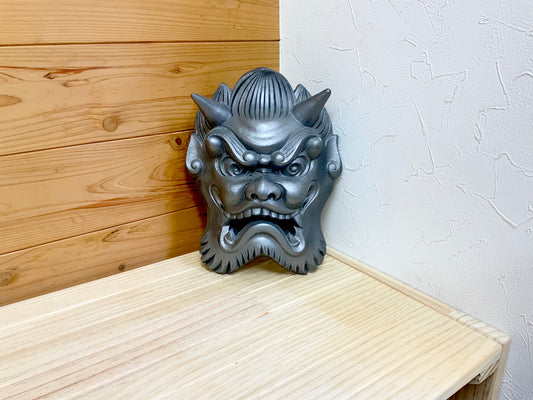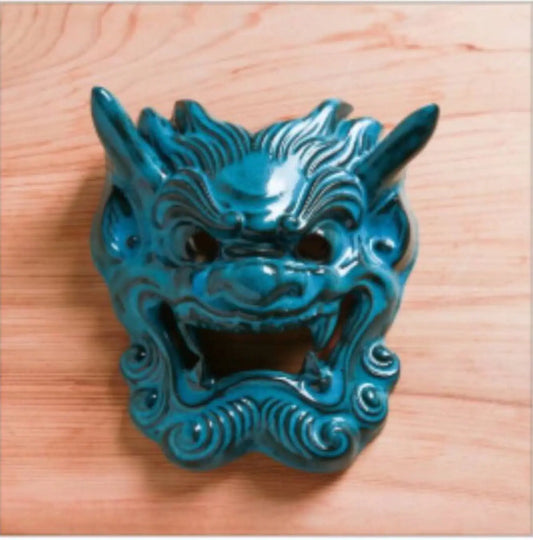about Kawara?
瓦は日本の伝統建築に欠かせない屋根材であり、その形状、装飾、そして機能は日本の歴史的・文化的背景を強く反映しています。粘土を成形し高温で焼き固めて作られる瓦は、飛鳥時代(7世紀)に寺院や貴族の邸宅で初めて用いられたとされ、その後、武家屋敷や町屋にも広く用いられるようになりました。特に、法隆寺などの古代寺院には、初期の瓦文化が今も残っています。
奈良時代から平安時代にかけては、瓦は国家の威信を示す建築資材として、主に官寺や宮殿で使用され、装飾的な鬼瓦や桂丸瓦が作られました。これらの瓦には、龍、獅子、蓮華といった仏教的・精神的な意匠が描かれ、魔除け、五穀豊穣、防火といった宗教的な役割を担っていました。
中世には、寺社建築だけでなく武家屋敷や城郭にも瓦が用いられるようになり、地域ごとに瓦の様式が発展しました。日本各地の気候風土、風習、伝承、そして美意識などに応じて、独自の発展を遂げてきました。
江戸時代になると、町家文化が成熟し、瓦屋根は町家に見られるようになり、防火対策としても活用されました。当時の街並みにおいて、リズミカルに並ぶ瓦は景観の一部となり、日本の美意識の象徴として定着しました。
日本の瓦には様々な種類がありますが、最も一般的なのは丸瓦と平瓦で、本瓦葺きに用いられます。丸瓦は屋根の棟に沿って湾曲し、平瓦の継ぎ目を覆うようにして葺かれます。
現在でも、日本の瓦は、古民家の修復、神社仏閣の修復、現代建築への意匠応用など、伝統と現代をつなぐ素材として再評価されています。一枚一枚の瓦に、職人の技と祈り、そして日本人の精神性が宿っていると言えるでしょう。
Roof tiles are an essential roofing material for traditional Japanese architecture, and their shape, decoration, and function strongly reflect Japan's historical and cultural background. Roof tiles, which are made by molding clay and baking it at high temperatures, are said to have first been used on temples and the residences of aristocrats in the Asuka period (7th century), and later became widely used in samurai residences and townhouses. In particular, early tile culture still remains in ancient temples such as Horyu-ji Temple.
From the Nara period to the Heian period, tiles were mainly used in official temples and palaces as a building material to show the prestige of the nation, and decorative oni-gawara and keimaru-gawara tiles were created. These tiles were decorated with Buddhist and spiritual designs such as dragons, lions, and lotus flowers, and played religious roles such as warding off evil, ensuring bountiful harvests, and preventing fires.
In the Middle Ages, tiles became popular not only in temple and shrine architecture but also in samurai residences and castles, and tile styles developed in each region. They have developed in unique ways, depending on the climate, customs, and local legends of different parts of Japan, and on aesthetic sensibilities.
In the Edo period, as townspeople culture matured, tiled roofs began to be seen on townhouses, and were also used for fire prevention. In the streets of the time, the rhythmic rows of roof tiles became part of the scenery and became established as a symbol of Japanese aesthetics.
There are several types of Japanese tiles, and the most common are the round tiles and flat tiles used in "honkawarabuki" roofing. Round tiles curve along the ridge of the roof and cover the joints of flat tiles.
Even today, Japanese tiles are being reevaluated as a material that connects tradition and modernity, for the restoration of old houses, restoration of shrines and temples, and design applications in modern architecture. It can be said that the craftsmanship and prayer of the craftsman and the spirituality of the Japanese people reside in each and every tile.
kamon collection
-
~Wall ONI Color Collection ~ いぶしIBUSHI
Regular price $160.00 USDRegular priceUnit price per$300.00 USDSale price $160.00 USDSale -
~Wall ONI Color Collection ~ 青藍 SEIRAN
Regular price $150.00 USDRegular priceUnit price per$300.00 USDSale price $150.00 USDSale -
Onigawara statue New products, commemorative bargain sale
Regular price $150.00 USDRegular priceUnit price per$230.00 USDSale price $150.00 USDSale -
~Wall ONI Color Collection ~ 翠綠 SUIRYOKU
Regular price $160.00 USDRegular priceUnit price per$300.00 USDSale price $160.00 USDSale



